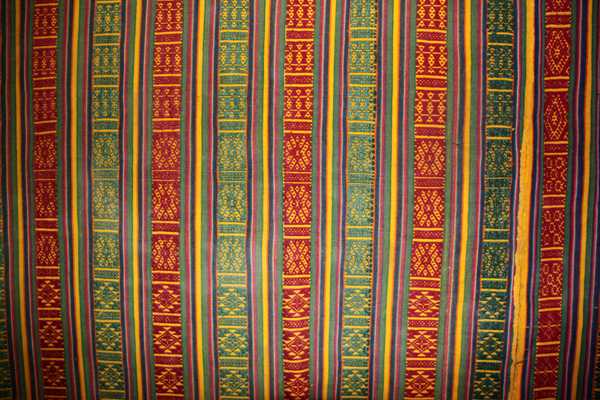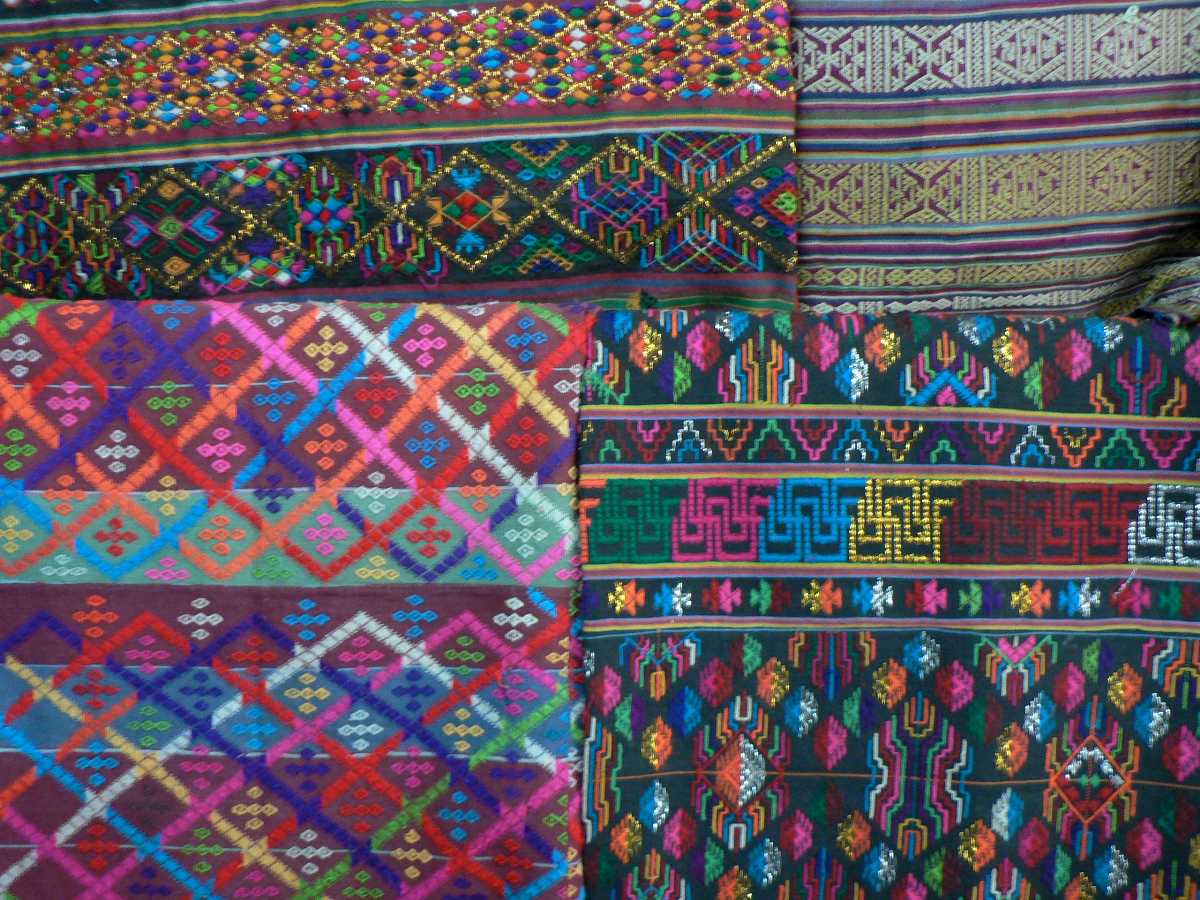National Textile Museum in Thimphu
Weather :
Tags : Museum
Timings : Monday - Saturday: 9:00 AM - 4:00 PM
Entry Fee : SAARC Adults: BTN 50,
Non-SAARC Adults: BTN 250
Ways to Experience this attraction
National Textile Museum, Thimphu Overview
The National Textile Museum gives a glimpse of Bhutanese history in terms of clothes and textiles. One can find traditional Bhutanese artefacts such as the wedding dresses worn by former kings and queens, the conventional nomadic textiles and much more. This building is a storehouse of information and knowledge on the textile heritage of Bhutan.
At the National Textile Museum, one gets to learn the diversity in textiles and style of weaving from one region to another in the country. Textile weaving is the source of income for many people in the country, and in here their diligent efforts are appreciated.

Source
Read More on National Textile Museum
What to See at the National Textile Museum
- The Royal Collection: It displays the textiles worn by former kings and their queens. For example, there are clothes preserved which were worn by the fourth king and his four wives respectively.
- The Role of Textiles in Religion: Bhutan gives significant importance to religion and religious values. There are certain acceptable clothes which are worn by monks, nuns and by people in religious ceremonies. What the textiles signify in the religion is what is displayed in this section.
- Achievements in Textile Arts: Being a culturally rich and unique nation, the artwork of the country is also one of its kind and appreciable. The achievements which have been gained by the textile arts by the country are displayed in this section.
- The Weft Pattern Weaves: This section exclusively displays only the weft-faced pattern weaves.
- Textiles from Indigenous Fibres: Bhutan has always respected the indigenous culture, and it plays a significant role in the country’s overall culture. The fibres which were collected indigenously and the textiles made from them are showcased in this section.
- The Warp Pattern Weaves: This section is devoted to only the weft-faced pattern weaves.

History of the National Textile Museum

How To Reach National Textile Museum in Thimphu
Top Hotel Collections
Top Hotels Near National Textile Museum
National Textile Museum Reviews

Have a Question on National Textile Museum?

experience.